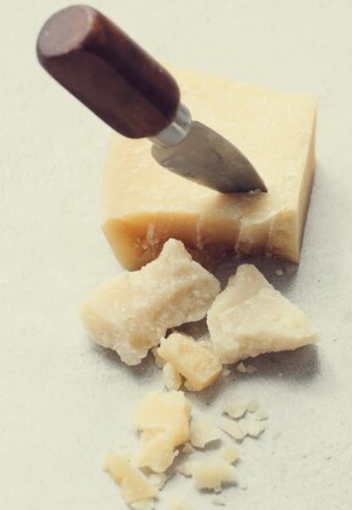Ditalini pasta is a little gem of Italian cuisine, celebrated for its tiny tubular shape and ability to absorb flavors. With its name translating to "small thimbles," this pasta style has been a pantry staple for generations. Whether stirred into a hearty soup, tossed in a creamy sauce, or used as the base for a vibrant salad, ditalini is as versatile as it is delicious.
What You Can Learn From This Recipe?
Learn how to cook ditalini pasta to perfection, balance simple flavors, and adapt it for a range of dishes from soups to cold salads.
What I Love About This Recipe?
Ditalini pasta’s small size makes it perfect for soaking up flavors, creating meals that feel both hearty and comforting. Its versatility means you can experiment endlessly, making it a personal favorite.
What’s the Best Way to Store Leftovers?
Store cooked ditalini in an airtight container for up to 3 days. Reheat with a bit of water or broth to refresh its texture.
What to Serve With It?
Pair ditalini pasta with crusty bread, a fresh green salad, or roasted vegetables for a balanced and satisfying meal.





